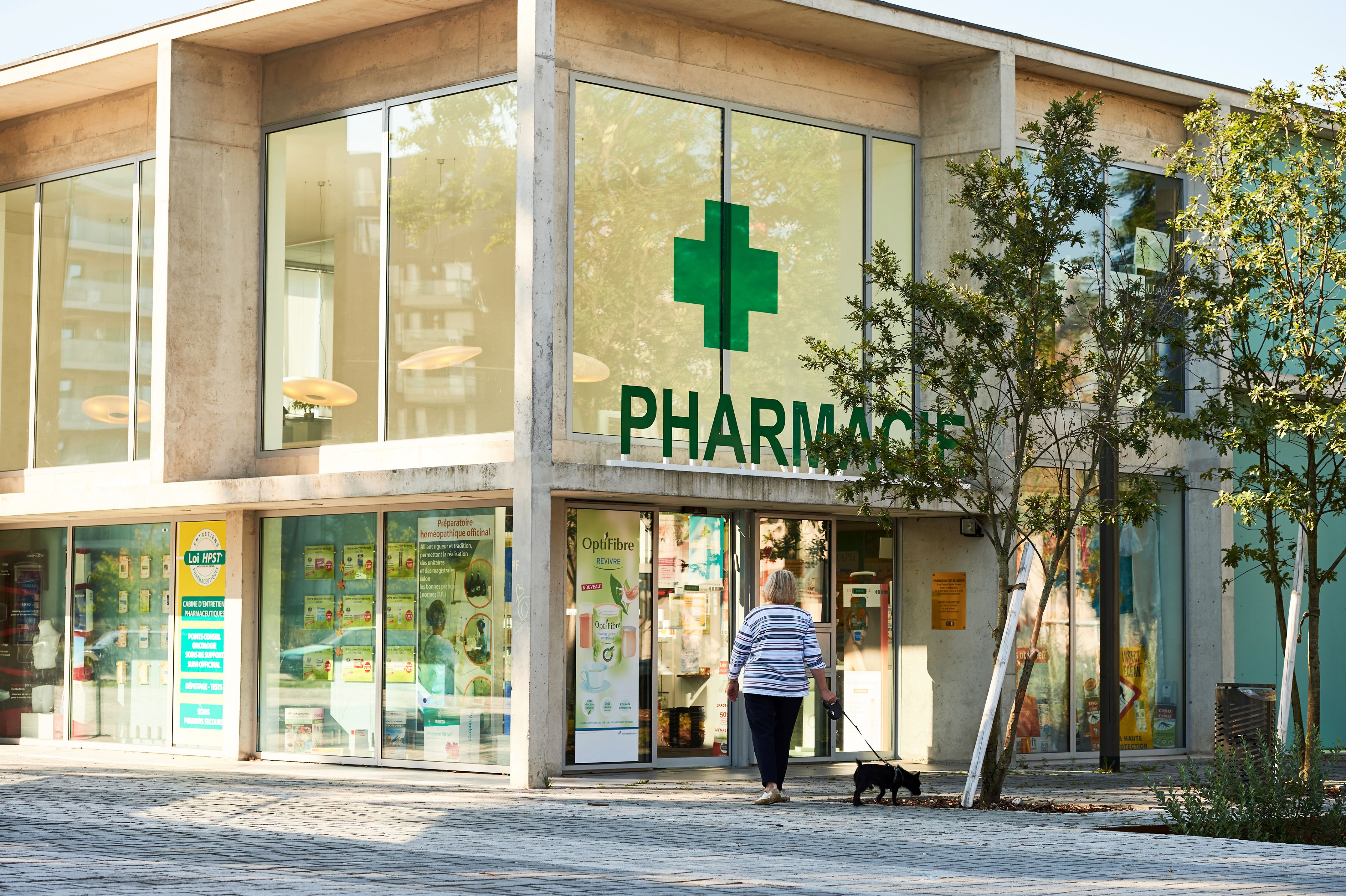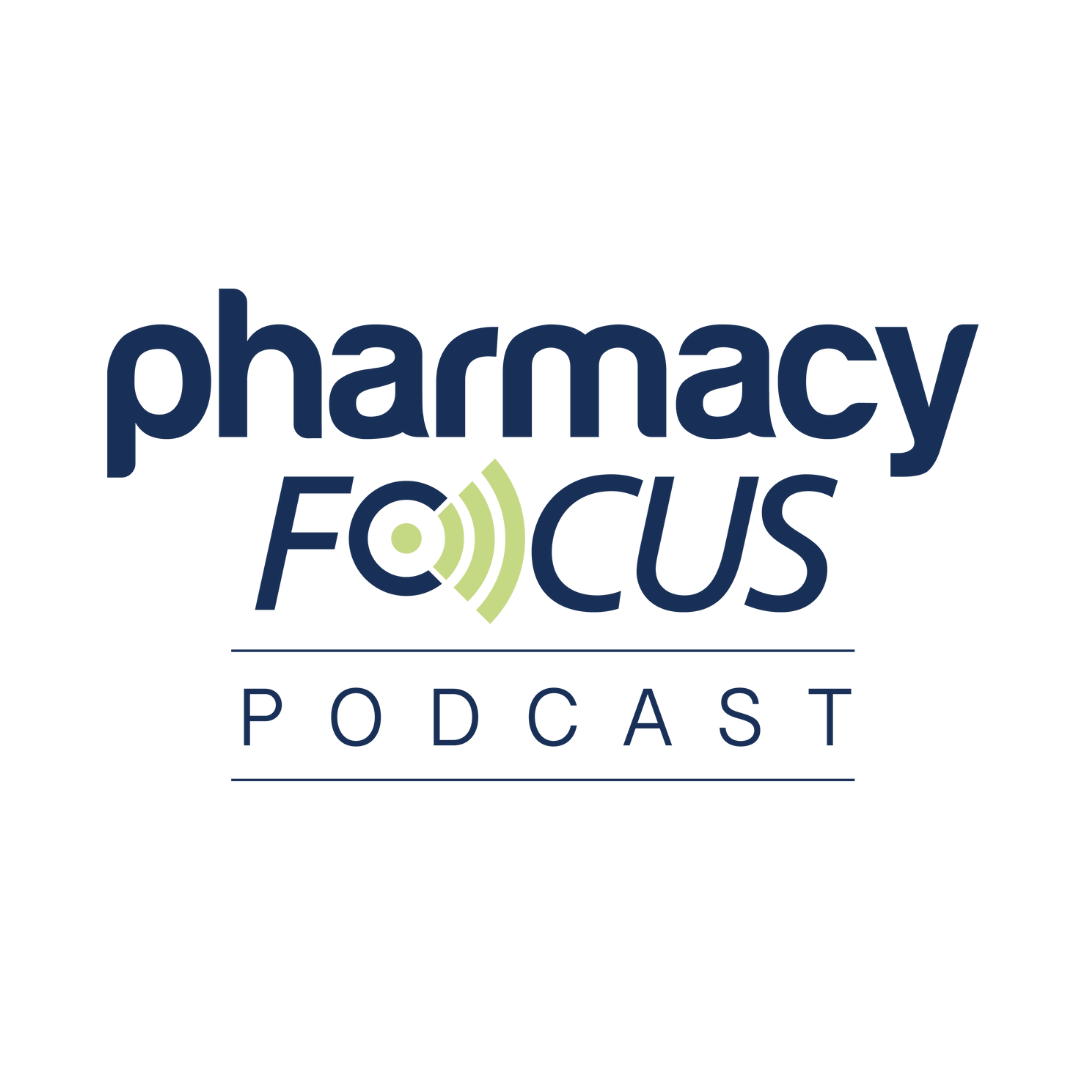Publication
Article
Pharmacy Times
Bridging Gaps in Pharmacy Access
Author(s):
Key Takeaways
- Pharmacy deserts disproportionately affect low-income, older, and minority populations, worsening health disparities and straining the healthcare system.
- Innovative solutions like telepharmacy, mobile units, and pharmacy kiosks aim to improve access to essential medications and services.
Pharmacy deserts challenge access to essential medications, but innovative solutions like telepharmacy and mobile units empower pharmacists to bridge the gap.
Pharmacy deserts—areas where access to pharmacies is limited or nonexistent—are a growing concern in both rural and urban communities across the US. These areas often lack convenient access to essential medications, vaccinations, and pharmacist-provided services such as chronic disease management or health screenings. The problem disproportionately affects low-income, older, and minority populations, exacerbating health disparities and placing greater strain on other parts of the health care system.1
Image Credit: © Artem - stock.adobe.com

To address pharmacy deserts, health care stakeholders are exploring innovative solutions, as discussed in this month’s feature article by Kathleen Kenny, PharmD, RPh. One approach involves expanding the use of telepharmacy, which allows licensed pharmacists to provide consultation and oversight remotely, supported by trained technicians at local sites. Additionally, mobile pharmacy units and pharmacy kiosks in community centers, clinics, or even grocery stores can bring essential medications and services directly to underserved populations.
One example of a growing role for pharmacists is educating patients on the use of continuous glucose monitors (CGMs) and other wearable devices, as discussed in the feature article by Thayra Rios Schad, PharmD. As Schad explains, these tools can be truly lifesaving for patients, alerting them to acute health issues in time to get help. As trusted and accessible health care professionals, pharmacists should educate patients and caregivers on the proper use of these crucial tools.
Similarly, pharmacists can help patients with hypertension navigate the confusing landscape of at-home blood pressure monitoring, as discussed in this month’s OTC Focus article by Yvette C. Terrie, BSPharm, RPh. Although using a reliable device can prevent or minimize health complications associated with uncontrolled blood pressure, Terrie notes that proper selection and use of these tools are essential.
As health care becomes increasingly personalized and technology driven, pharmacists are playing a vital role in helping patients navigate and effectively use tools such as wearable devices, CGMs, and at-home blood pressure monitors. With their expertise in medication management and patient education, pharmacists are uniquely positioned to interpret data from these devices, identify potential issues, and adjust treatment plans in collaboration with other providers.
As always, thank you for reading.
REFERENCE
1. Mathis WS, Berenbrok LA, Kahn PA, Appolon G, Tang S, Hernandez I. Vulnerability index approach to identify pharmacy deserts and keystone pharmacies. JAMA Netw Open. 2025;8(3):e250715. doi:10.1001/jamanetworkopen.2025.0715
Newsletter
Stay informed on drug updates, treatment guidelines, and pharmacy practice trends—subscribe to Pharmacy Times for weekly clinical insights.






